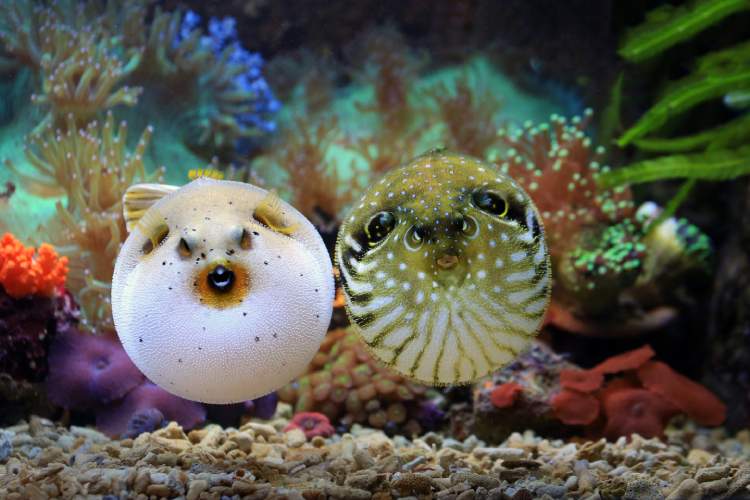10 Fascinating Facts About Pufferfish
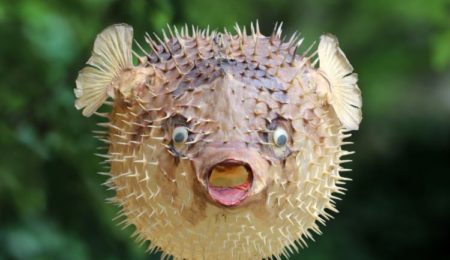
The prey-predator and mating dynamics of pufferfish have gone through such bizarre evolutionary adaptations that it is both comically amusing and extremely deadly. From inflating into a ball when threatened to releasing lethal neurotoxins, it has developed a range of extreme defense mechanisms to compensate for its weaknesses. Here are ten interesting facts about pufferfish that will leave you amused.
Table of Contents
1 When threatened, the pufferfish puffs up into a huge ball by sucking in water to evade predators. This is the origin of its name.
Pufferfish have an extremely elastic stomach, and filling it up with water until the creature is almost spherical is one of its many defense mechanisms. This specific feature has earned it many names like “blowfish,” “bubblefish,” “globefish,” “swellfish,” and of course, “pufferfish.”Â
Though there are other species of fish, like the swell shark and sargassum fish, that can swell, the pufferfish is the only one that has forgone the need for a functional stomach. Instead, their entire digestive tract acts as a stomach.Â
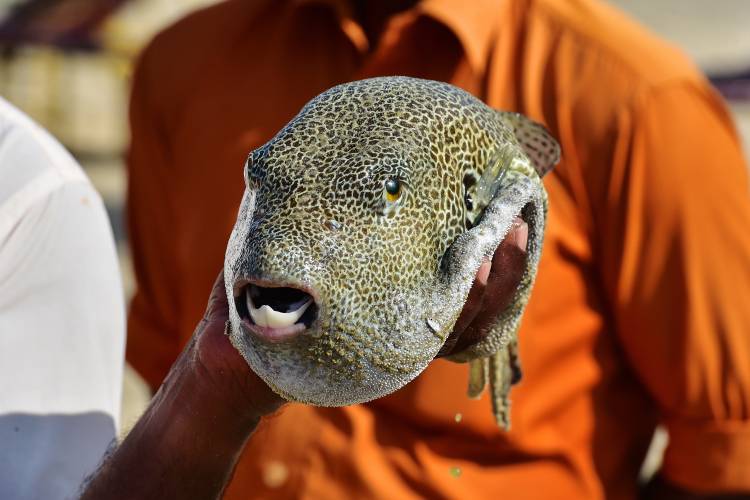
Their scientific family name, “Tetraodontidae,” comes from the fact that these fish have four teeth – “tetra†for four in Greek and “odious†for teeth. These beak-like teeth are fused into their upper and lower jaw plates and are so strong that the puffers can chomp through clams, mussels, all different types of shellfish, and even small tortoises.Â
Though they can easily survive on a vegetarian diet of algae, they are omnivores and have a diverse appetite. This is important for them because the teeth do not stop growing. If not regularly worn down, they will become too long. Pet puffers that aren’t given hard-shelled seafood to grind their teeth on often end up losing weight due to difficulty in eating and require a visit to the vet. (1, 2)
2 Pufferfish are most diverse in tropical waters.
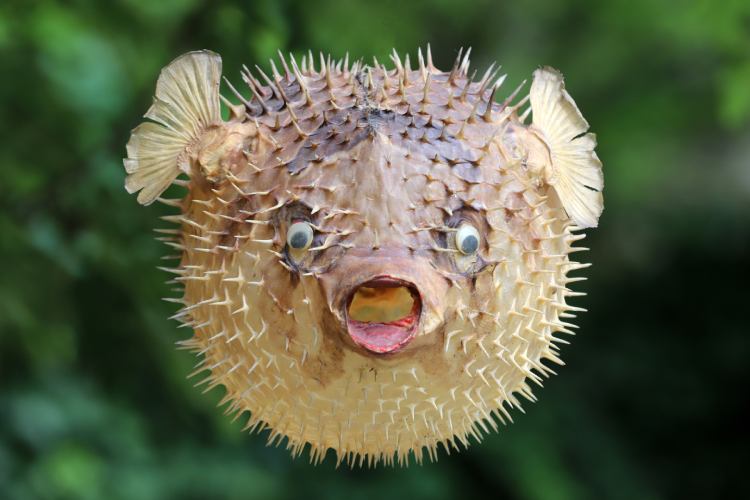
Pufferfish love to live in warm shallow waters, especially areas close to land and near coral reefs. Though the majority of puffers are ocean dwellers, they are rarely found in open oceans. For example, while they are abundant in the Gulf of Mexico, they are scarcely seen in either the Atlantic or the Pacific Oceans. They mainly prefer brackish waters, estuaries, and protected seas of the tropics.Â
There are around 35 species that are found in freshwaters, especially in tropical regions of South America, Africa, and Southeast Asia. Some pufferfish are also found a little towards the north in the temperate zone, especially near Japan, Korea, and Canada.Â
As with many marine creatures, pufferfish are also vulnerable to climate change and human activity. They are often caught as a bycatch during fishing, and since they are not widely used for culinary purposes, they often go to waste. Climate change is also changing their habitat as they move northward with increasing temperatures in the tropics. (1, 2)
3 Most pufferfish do not have scales but have spines that deter predators from seeking them as easy prey.
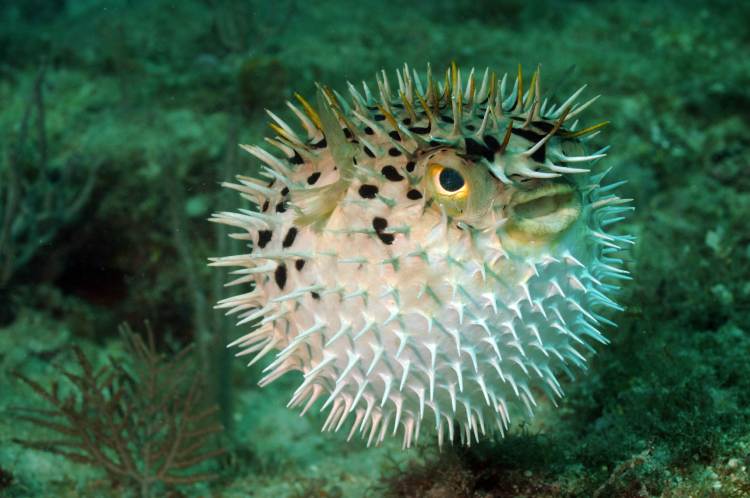
In most pufferfish, what should be scales are modified into spines that are distributed all around their body. In some species, instead of spines, the scales are modified to become leathery skin that’s hard to chew.Â
Being slow swimmers, pufferfish are an easy target for hungry predators. If they manage to fit the bloated fish in their mouths, they are met with something that’s too prickly to chew. They either give up or find themselves choking on something impossible to swallow, and soon enough, they’re poisoned by the puffer’s neurotoxin. (source)
4 This is what the skeleton of an inflated pufferfish looks like.Â
Pufferfish skeleton.#Tiredearth #WorldEnvironmentDay pic.twitter.com/HMnIso7oFO
— Tired Earth (@Tiredearth) June 4, 2021
The pufferfish, aka the “Tetraodontidae,” belong to the order Tetraodontiformes, a relative of ray-finned fish which have evolved to have fins that are supported by bony spines instead of lobes. The body structure of the Tetraodontiformes departs quite a bit from the typical bony fish with streamlined bodies meant for swimming well. Their bodies range from the square or triangular shapes of boxfish to the highly compressed ovals of triggerfish and to the globular shapes of pufferfish.Â
The skeletal structure of the pufferfish is highly modified, with no spinal cord, skull, or rib cage. Instead, their scales became spines, and teeth were fused into their upper and lower jaws. These puffers even lack a swim bladder. They are extremely slow swimmers and would have been an easy target for any predator if not for their other defense mechanisms.Â
Since they do not have a spine, instead of undulating their body to swim forward, they have to rely on their fins for propulsion. However, their fins are extremely good at maneuvering, often resulting in short speed bursts of very precise motion. (source)
5 Some pufferfish are over 67 centimeters (26 inches) long.
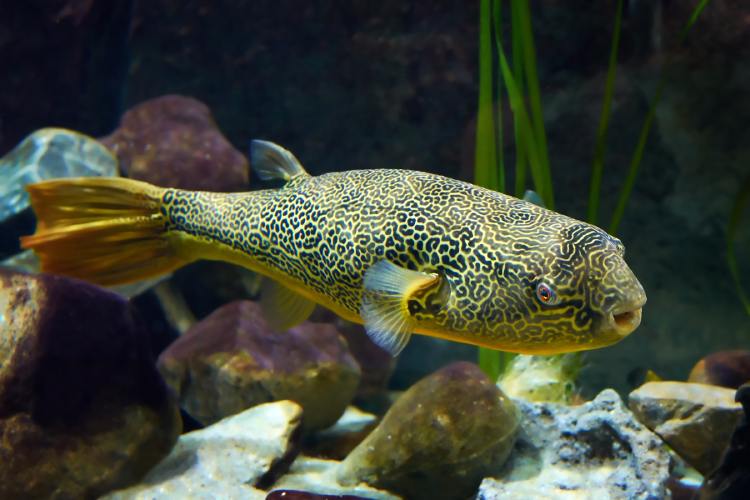
Depending on the species, the length of puffers varies from small to very large. The largest species, known as Mbu pufferfish or the giant pufferfish, is found in the Congo River in Africa as well as in Lake Tanganyika, an African Great Lake. It is a freshwater puffer and has different labyrinthine skin patterns in contrast to the mottled or stripey patterns seen in other species.Â
They are notoriously difficult to keep as pets as they require large aquariums, and they need to be fed with hard-shelled fish in order to keep their teeth from overgrowing. They also tend to be territorial and often get aggressive when paired with any other fish. They are intelligent creatures. With time, they are known to recognize the owner or feeder and often try to get attention by inflating themselves to get food. (1, 2)














